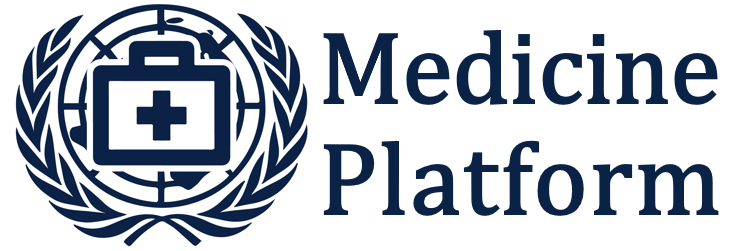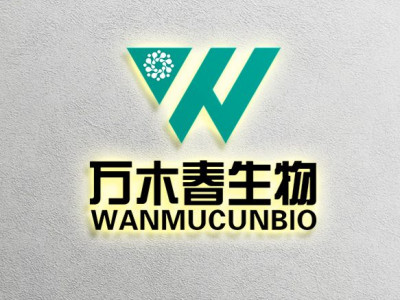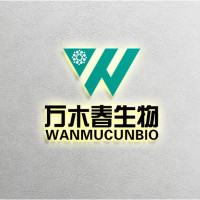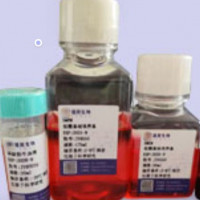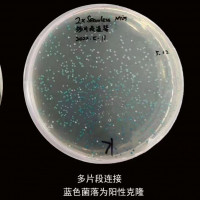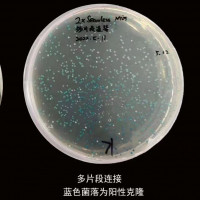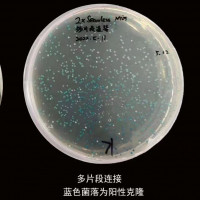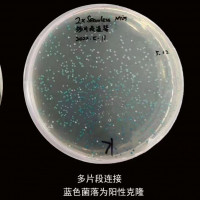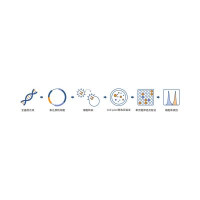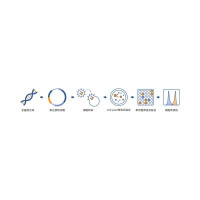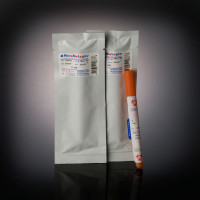产品名称:Huh-7/DDP人肝癌顺铂耐药株、Huh-7/DDP人肝癌顺铂耐药株、Huh-7/DDP人肝癌顺铂耐药株、Huh-7/DDP人肝癌顺铂耐药株;
| 细胞系特征 | ||
|
细胞株名称:Huh-7/DDP 人肝癌顺铂耐药株 种属:人 组织来源:肝癌 生长特性:贴壁生长 形态特征:上皮细胞样 微生物及支原体检测:阴性 细胞背景:此细胞产甲胎蛋白,胰酶a抗体,血浆铜蓝蛋白,纤维蛋白原,纤维黏连蛋白等。 安全性:所有肿瘤和病毒转染的细胞均视为有潜在的生物危害性,必须在二级生物安全台内操作,并请注意防护,所有废液及接触过此细胞的器皿需高压灭菌后方能丢弃。 | ||
| 培养条件:
| 完全培养基:90%RPMI-1640 +10%胎牛血清+1%P/S+500ng/ml DDP 血清我们推荐用: GIBCOFBS-10099-141或HYCLONEFBS-SH30084.03。 培养条件:37.0C carbon dioxide(CO2),5% | |
| 传代方法:
| 收到细胞后,在倒置镜下(最好是在4X物镜)观察整个细胞生长情况。 (一)如果细胞未长满,用75%酒精喷洒整个瓶消毒后放到超菌台内,严格无菌操作,打开细胞培养瓶,吸出培养液,换 10ml新鲜培养液后继续培养。 (二)如果细胞已长满,即可进行传代培养。具体步骤如下: 1. 弃去培养液,用PBS(不含钙,镁离子)洗1-2次。 2. 加0.7-1ml消化液(0.25%Trypsin-0.53mM EDTA)于培养瓶中,用力拍打瓶壁,期间每隔 5-10s放到显微镜下观察,直至50-70%的细胞脱落后,加入2ml 以上完全培养基中止消化。 3. 按6-8ml/瓶补加完全培养基,轻轻打匀后吸出一半,分到新的培养瓶中。如果没有特别说明,收到细胞后的第一次传代一般是一传二。 注:1、观察细胞最好在低倍镜(4或5X物镜)下进行,否则不能准确判断细胞的传代密度。看细胞的形态请在10X或20X物镜下。 2、瓶中运输培养基不能重复再用,请换用加双抗的新培养基,细胞冻存后,培养基中可不加任何抗生素。 3、有些细胞贴壁不牢,如发现贴壁细胞有脱落,可离心吹打后接种到新瓶内。 4、收到细胞后,若发现培养瓶破损、有液溢出及细胞有污染,请及时与我们联系。 | |
| 冻存方法: | 冻存液:90%胎牛血清,10%DMSO 储存:液氮储存 | |

mechanism by which T cells regulate metabolism and thereby modulate differentiation and function. Indeed, defects in cytokine secretion and cell proliferation upon activation of
autophagy-deficient effector T cells is associated with a decreased ability to upregulate ATP production [4]. It is likely that the ability of autophagy to degrade proteins, lipids and
glycogen to provide energy substrates [68] may support activation, while inhibition of this
18. Schwartz RH. T cell anergy. Annu Rev Immunol. 2003; 21:305–334. [PubMed: 12471050]
19. ValdorR, Macian F. Induction and stability of the anergic phenotype in T cells. Semin Immunol. 2013; 25:313–320. [PubMed: 24211041]
20. Zheng Y, Delgoffe GM, Meyer CF, Chan W, Powell JD. Anergic T cells are metabolically anergic. J Immunol. 2009; 183:6095–6101. [PubMed: 19841171]
21. Michalek RD, Gerriets VA, Jacobs SR, Macintyre AN, MacIver NJ, Mason EF, et al. Cutting edge: distinct glycolytic and lipid oxidative metabolic programs are essential for effector and regulatory CD4+ T cell sucdfts. J Immunol. 2011; 186:3299–3303. [PubMed: 21317389]
22. Shi LZ, Wang R, Huang G, Vogel P, Neale G, Green DR, et al. HIF1alpha-dependent glycolytic pathway orchestrates a metabolic checkpoint for the differentiation of TH17 and Treg cells. J Exp Med. 2011; 208:1367–1376. [PubMed: 21708926]
CancerLett. Author manuscript; available in PMC 2019 April 10.
